
The Tesla Model 3’s more practical, higher riding SUV crossover twin is coming.
While there’s no specific release date for the Tesla Model Y yet, it is expected to arrive sometime this year (or possibly 2023 due to chip delays) with three variants, two battery sizes, and a raft of standard equipment mirroring its Model 3 counterpart.
The growing electric carmaker sold 12,094 examples of its Model 3 small sedan in 2021, making it the most popular electric vehicle by far in Australia, and sets a precedent for the Model Y in even higher-demand small SUV form.
Rivalling EV crossovers like the Peugeot e-2008, Hyundai Ioniq 5 and Volvo C40 Recharge, what should we expect from the Tesla Model Y when it lands in Australia?
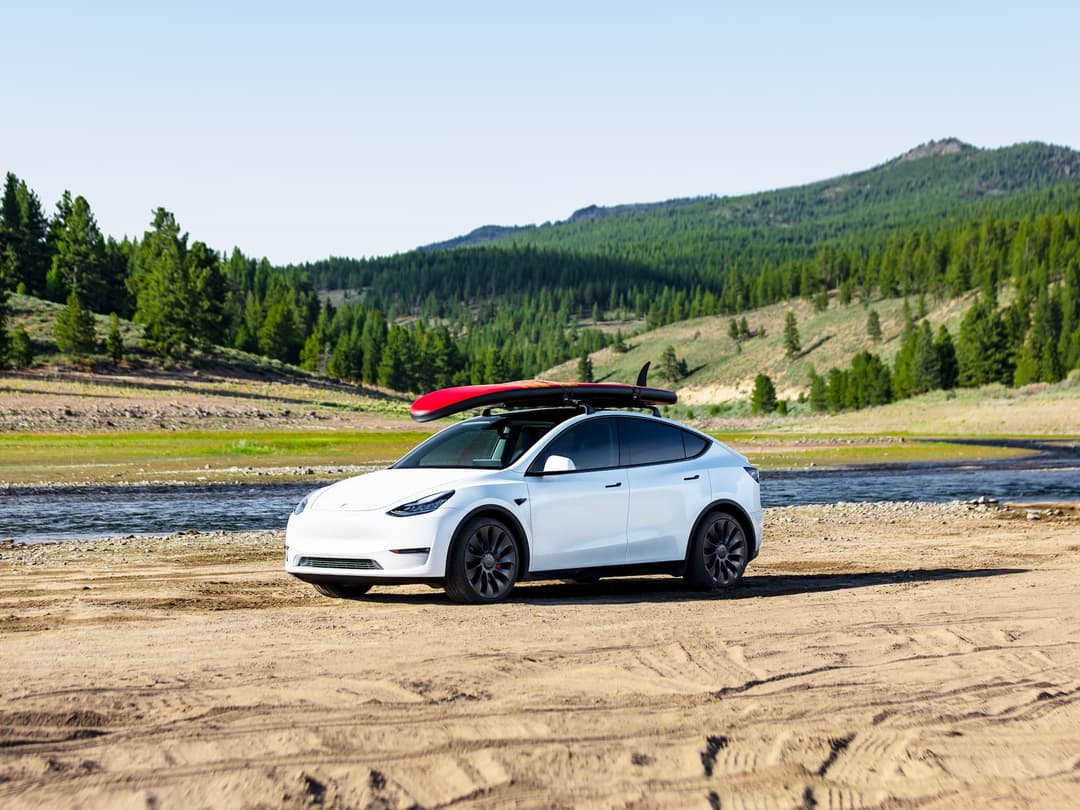
Price and models
Referencing the Hong Kong market – which is right-hand drive and sources the Model Y and 3 from the Shanghai factory just like Australia – we should expect trim levels and equipment to mostly reflect the Model 3, which is one reason why it’s so popular.
The Tesla Model Y will come in three models and two battery packs.
Pricing is yet to be confirmed, but expect it to cost dearer than the Model 3, which currently starts from $59,990 to $84,990 before on-road costs and state incentives. For reference in the UK the Model Y is sold at roughly a 10% premium to the equivalent Model 3, we have applied this premium to estimate the Model Y pricing across the variants below.
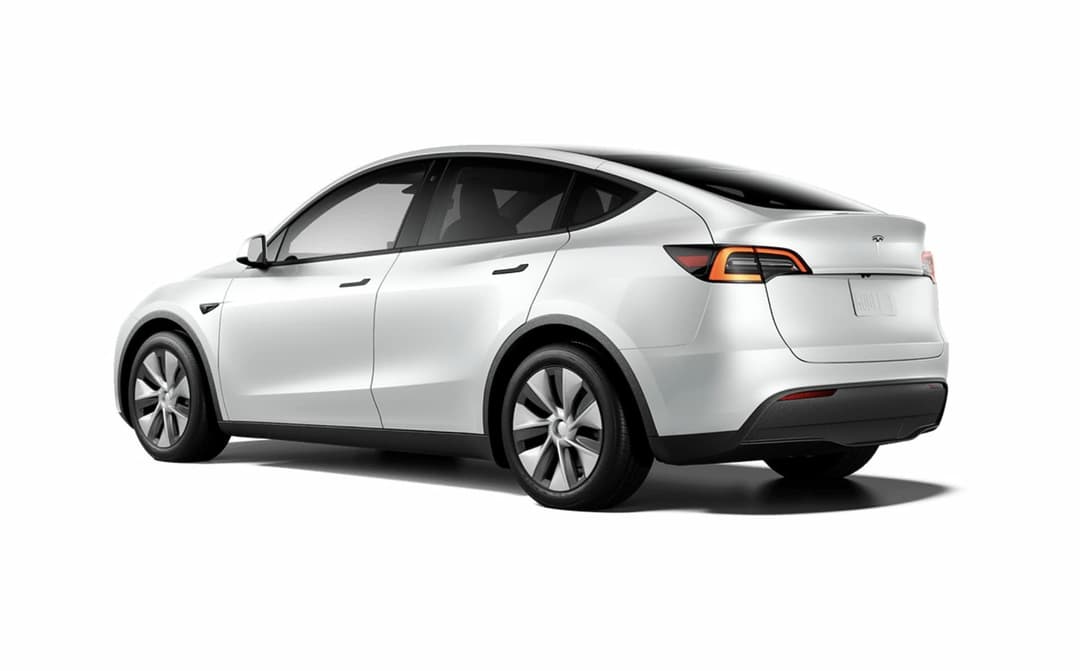
Base Model Y rear-wheel drive – TBC price
The base model comes with as standard:
- 62kWh lithium-iron-phosphate (LFP) battery
- 19-inch ‘Gemini’ wheels
- Black vegan interior with wood decor
- Pearl White Multi-Coat exterior colour
- 15-inch infotainment system with cellular connectivity, AM/FM/DAB radio, Bluetooth, music and video streaming, and more
- Over-the-air (OTA) software update capabilities
- Dual Qi wireless charging pad with four USB-C charging ports
- All-round LED lights and daytime running lights
- Basic Autopilot active safety assistance systems
- Eight all-round cameras, including reverse and blind-spot view cameras
- Dual-zone climate control
- High Efficiency Particulate Air (HEPA) filter (Bioweapon Defence mode)
- Tinted fixed glass roof
- Power folding, auto-dimming, heated wing mirrors
- Power adjustable front seats
- Heated front and rear seats
- Interior floor mats
- 40/20/40 split folding rear-row seats with 60/40 split adjustable backrests
- 13 speaker, 1 subwoofer, and 2 amp ‘Premium audio’
- 128GB USB-A stick for dashcam and Sentry Mode recording
- 30 day Premium Connectivity trial
Options:
- 20-inch ‘Induction’ wheels – $2200 (expected)
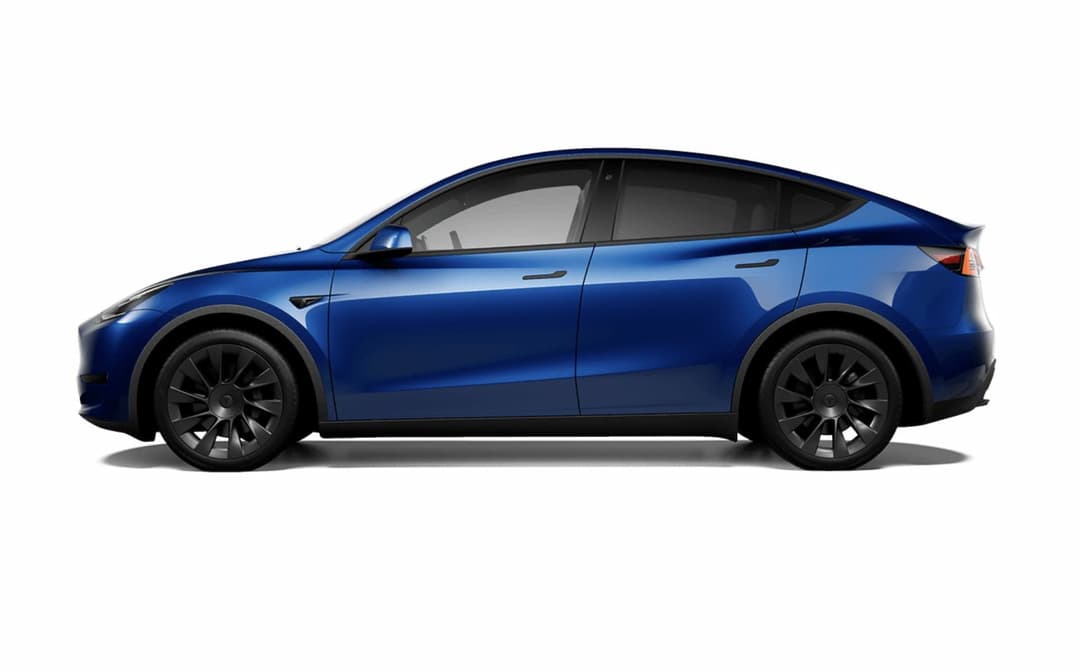
Model Y Long Range – TBC price
The Long Range all-wheel drive adds:
- 82kWh nickel-manganese-cobalt (NMC) battery
- 20-inch ‘Induction’ wheels
- LED fog lights
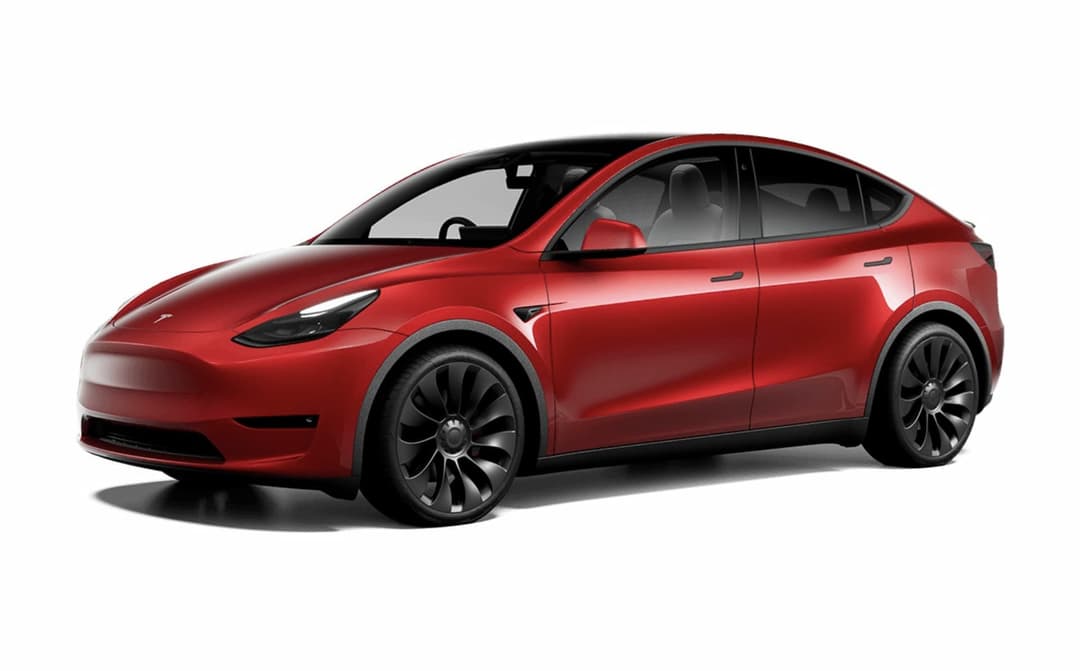
Model Y Performance – TBC price
The flagship Performance all-wheel drive gains:
- 21-inch ‘Überturbine’ wheels
- Performance brakes with red-painted callipers
- Lowered suspension
- Aluminium alloy pedals
- Track mode
- Increased top speed to 250km/h (up from 217km/h)
Options on all variants include:
- Premium paint – $1500 except red: Solid Black, Midnight Silver Metallic, Deep Blue Metallic, Red Multi-Coat paint ($2900)
- Black and white interior – $1500 (expected)
- ‘Full Self Driving Capability’ – $10,100
- Premium Connectivity – $9.99 per month (after trial)
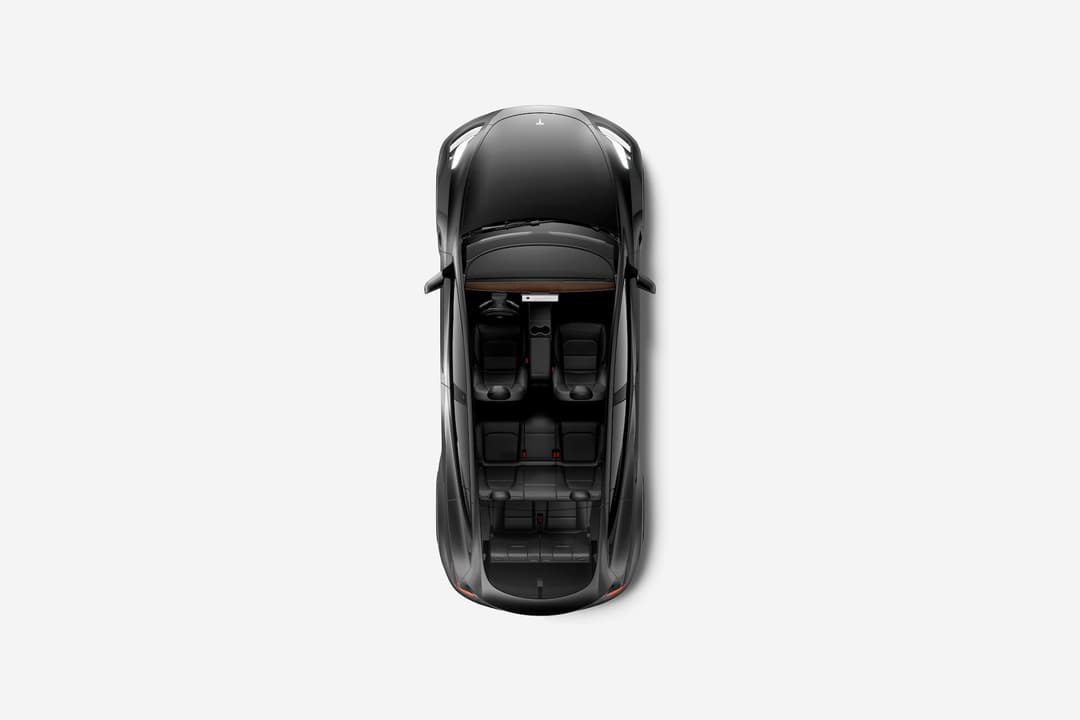
Size and design
Based on the Model 3s dedicated electric car underpinnings, the Model Y is 4751mm long, 1921mm wide, and 1624mm tall with a 2890mm wheelbase and 167mm ground clearance.
It has a kerb weight of 1844kg and can tow up to 750kg (non-braked trailer) or 1600kg (braked trailer).
We expect only the five-seat Model Y configuration will be offered in Australia at launch as per Hong Kong, Europe and the UK, despite the American market selling a tight seven-seater option.
The Model Y has 854-litres of boot space, opening up to 2041-litres with the second-row folded. It also features a 117-litre frunk (or froot).
Differing from the Model 3, it has a hatchback tailgate opening with a wider opening and flat load lip to better load and unload items.
At the second-row, there are adjustable backrest seat angles for passengers, levers to electronically fold flat the rear row from the boot in a 60/40 split, and a ski opening by manually folding the centre seat for a 40/20/40 split.
Tesla’s first small SUV has an, unsurprisingly, similar design to the Model 3 with a smooth front, sloping roofline, and minimalist interior.
Like its small sedan twin, it maintains the same aerodynamic 0.23 drag coefficient (Cd), despite having slightly swollen dimensions and exterior design.
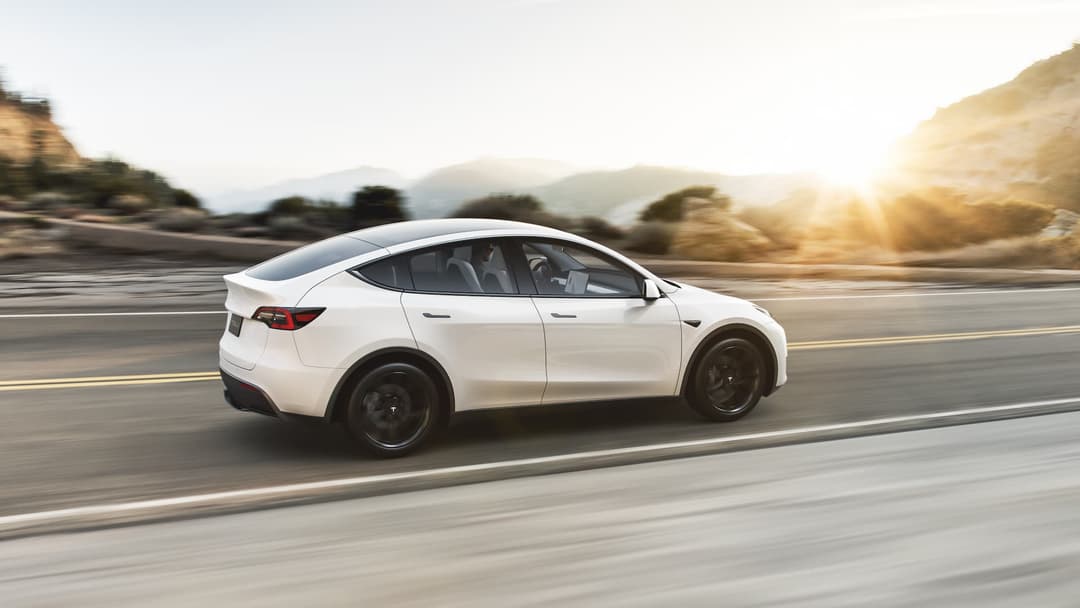
Range and powertrain
According to a submission to the Australian Government’s road vehicle regulator ROVER last year, the Model Y will come with three powertrains and two battery sizes just like the Model 3.
This means the entry-level Model Y is powered by a 255kW rear-mounted electric motor matched with a 62kWh lithium-iron-phosphate (LFP) battery pack.
Tesla claims 455km of range on the WLTP testing cycle and 0-100km/h time in 6.9 seconds.
Meanwhile, the mid-spec Model Y Long Range is driven by a front and rear electric motor outputting 378kW combined for all-wheel drive and a larger 82kWh nickel-manganese-cobalt (NMC) battery pack.
This yields 542km of claimed range (WLTP) and 0-100km/h sprint in 5.0 seconds.
Topping the line-up is the Model Y Performance, which has upgraded dual 393kW motors, all-wheel drive, and 82kWh NMC battery.
This extra power reduces combined range to a claimed 528km (WLTP), but can do 0-100km/h in a spritely 3.7 seconds.
Torque figures haven’t been disclosed by Tesla.
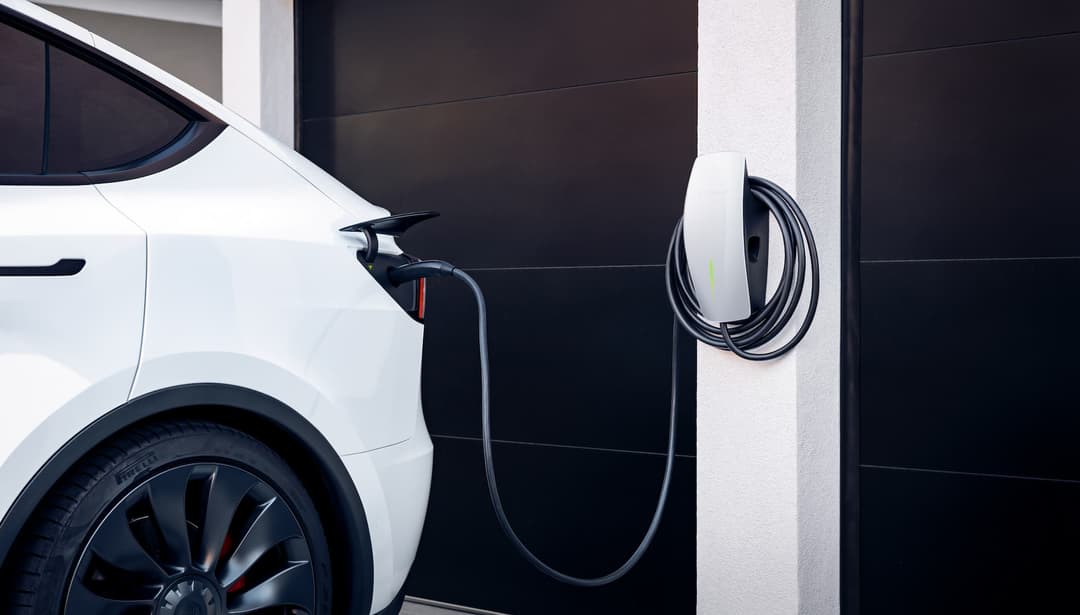
Charging
The Model Y can charge at up to 250kW DC or 11kW AC using a 360-volt architecture.
It uses the standard Type 2/CCS2 combo port (in all markets except the USA).
As per all Tesla vehicles, it also has exclusive access to the Tesla Supercharging network of 120kW (V2) and 250kW (V3) DC fast charging stations (for now), and select 22kW AC Tesla ‘Destination’ wallbox chargers (some may be open to all EVs depending on the owner).
Battery preconditioning is also available when the navigation destination is set to a DC Tesla Supercharger to achieve the fastest possible charging speeds, alongside strong regenerative braking for one-pedal driving, setting charge limits and scheduling charge periods.
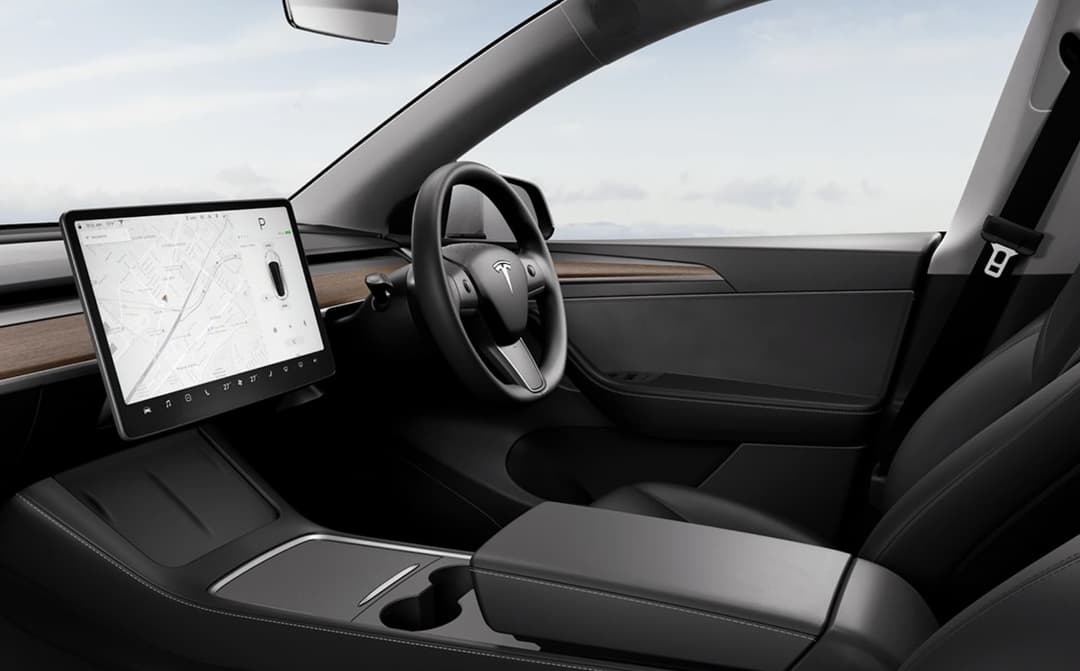
Safety and technology
The electric wagon-on-stilts feature Tesla’s camera-based ‘Basic Autopilot’ active safety assistance systems on all models, which comprises auto emergency braking (AEB), side collision warning, automatic lane steering assist, blind-spot monitoring, lane-departure assist, and adaptive cruise control.
Opting for the $10,100 ‘Full Self-Driving Capability’ doesn’t enable autonomous driving – but instead offers ‘Enhanced Autopilot’ features like automatic lane changing, auto parking, traffic light and stop sign control, Navigate on Autopilot on highways, and remote ‘Summon’.
Like its sedan twin, the Tesla Model Y’s interior is dominated by a 15-inch floating horizontal infotainment system running the American firm’s proprietary software.
It boasts built-in Google Maps, music and video streaming services, arcade games, and dashcam functionality. Importantly, it displays the speedometer and other important driver’s information on the central touchscreen as it lacks an instrument cluster in front of the driver.
Tesla does not offer Apple CarPlay and Android Auto smartphone mirroring functionality.
The vehicle is, however, capable of receiving over-the-air (OTA) software updates, which has in the past changed the touchscreen’s user interface, added new features like battery preconditioning, and even improved energy efficiency for added driving range.
As with all new Model Ys and 3s, it’ll be powered by a game console-grade AMD Ryzen processor for snappier everyday performance and likely more capabilities in the future via OTA updates.
Additionally, the Model Y crossover offers dual Qi wireless charging pads, a total of four USB-C charging ports, and a connected Tesla smartphone app to remotely monitor charging, precondition the climate control, and more.
Buyers will need to pay $9.99 per month for ‘Premium Connectivity’ to unlock extra cellular functions like satellite view and live traffic lines on Google Maps, and streaming music and video, using the Internet browser or karaoke without relying on a Wi-Fi hotspot.
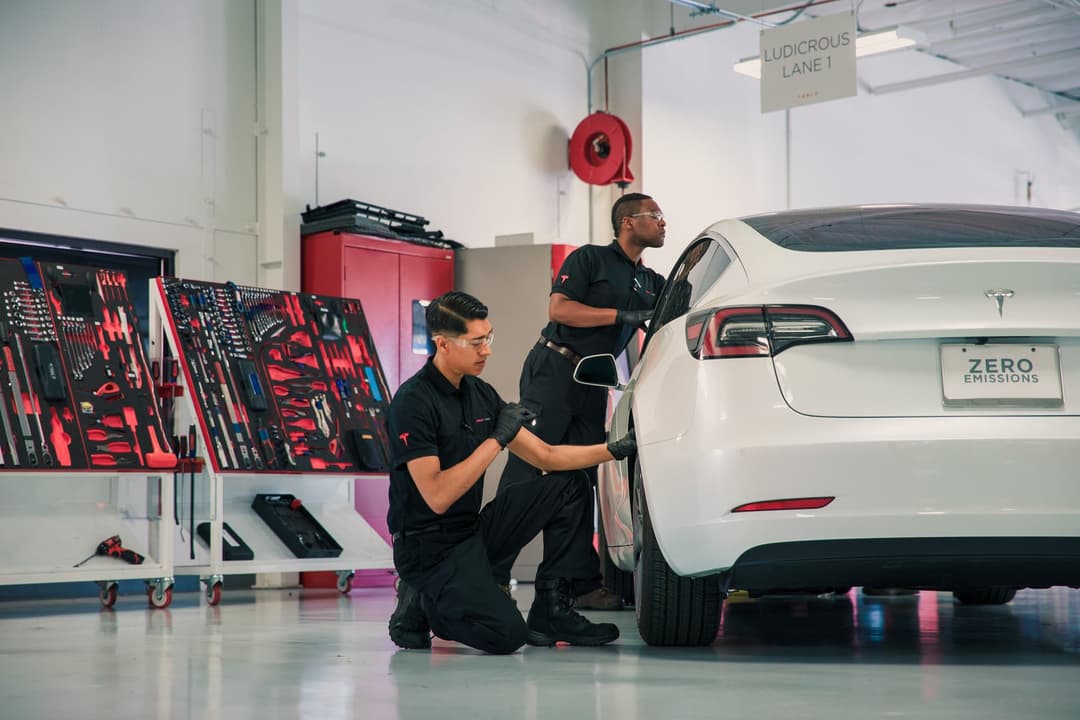
NOTE: Tesla Model 3 pictured (above)
Warranty and servicing
Tesla backs its EVs with a four-year/80,000km vehicle warranty and roadside assistance, with a high-voltage battery warranty that promises to keep 70 per cent of its health over the coverage period depending on the drivetrain variant.
For the base Model Y rear-wheel drive, it has a battery warranty of eight-years/160,00km.
Meanwhile, the all-wheel drive Model Y Long Range and Performance variants’ batteries are covered for eight-years/192,000km.
The American carmaker adopts a condition-based servicing scheme, meaning the vehicle will notify the owner when it's due for a check-up via the mobile app to book a service centre or mobile service appointment.
Tesla also recommends a range of specific routine maintenance tasks on its website, including:
- Cabin air filter – every two years
- HEPA filter – every three years
- Tyre rotation, balance and wheel alignment – every 10,000km/if the tread depth difference is 1.5mm or more
- Brake fluid test – every two years
- Air conditioning desiccant bag – replace every four years
- Cleaning and lubricating brake callipers – every 12 months/20,000km (for cars in cold weather regions only)
Figures by Danny Thai
About the author
Stay up to date with the latest EV news
- Get the latest news and update
- New EV model releases
- Get money savings-deal

